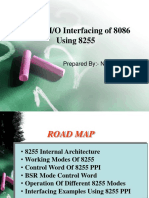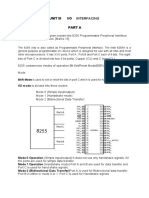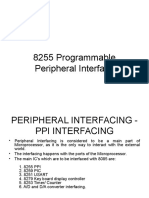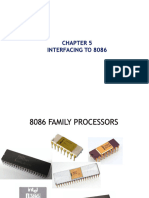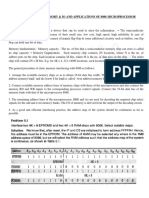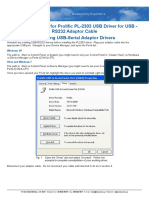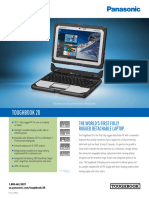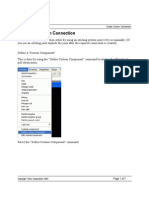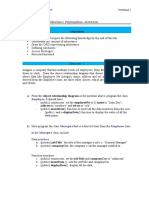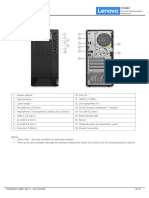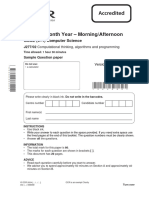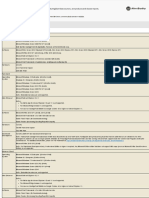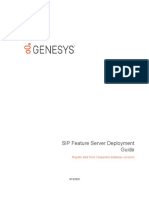0% found this document useful (0 votes)
171 views16 pages8085 Programable Peripheral Interface
The Intel 82C55A is a programmable I/O device with 24 I/O pins that can be programmed individually. It has 3 major operating modes and interfaces with the CPU via an 8-bit data bus buffer and read/write control logic. The device has 3 ports (A, B, C) that can each be configured as input or output ports in the different operating modes, including basic I/O, strobed I/O, and bidirectional bus modes.
Uploaded by
Shiva ChauhanCopyright
© © All Rights Reserved
We take content rights seriously. If you suspect this is your content, claim it here.
Available Formats
Download as PDF, TXT or read online on Scribd
0% found this document useful (0 votes)
171 views16 pages8085 Programable Peripheral Interface
The Intel 82C55A is a programmable I/O device with 24 I/O pins that can be programmed individually. It has 3 major operating modes and interfaces with the CPU via an 8-bit data bus buffer and read/write control logic. The device has 3 ports (A, B, C) that can each be configured as input or output ports in the different operating modes, including basic I/O, strobed I/O, and bidirectional bus modes.
Uploaded by
Shiva ChauhanCopyright
© © All Rights Reserved
We take content rights seriously. If you suspect this is your content, claim it here.
Available Formats
Download as PDF, TXT or read online on Scribd
/ 16















